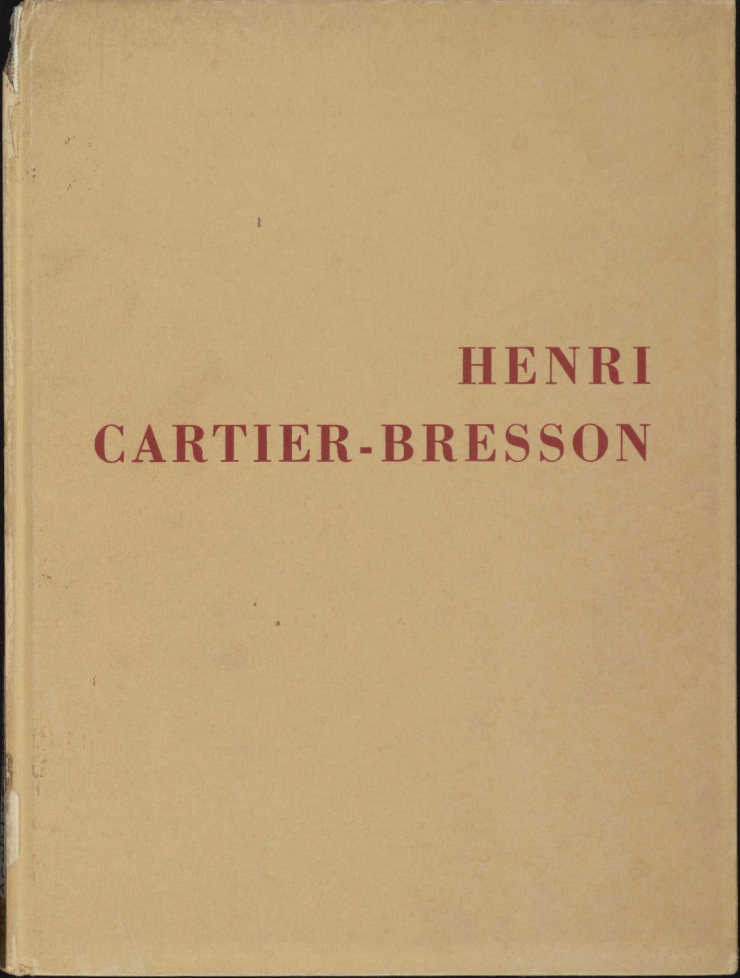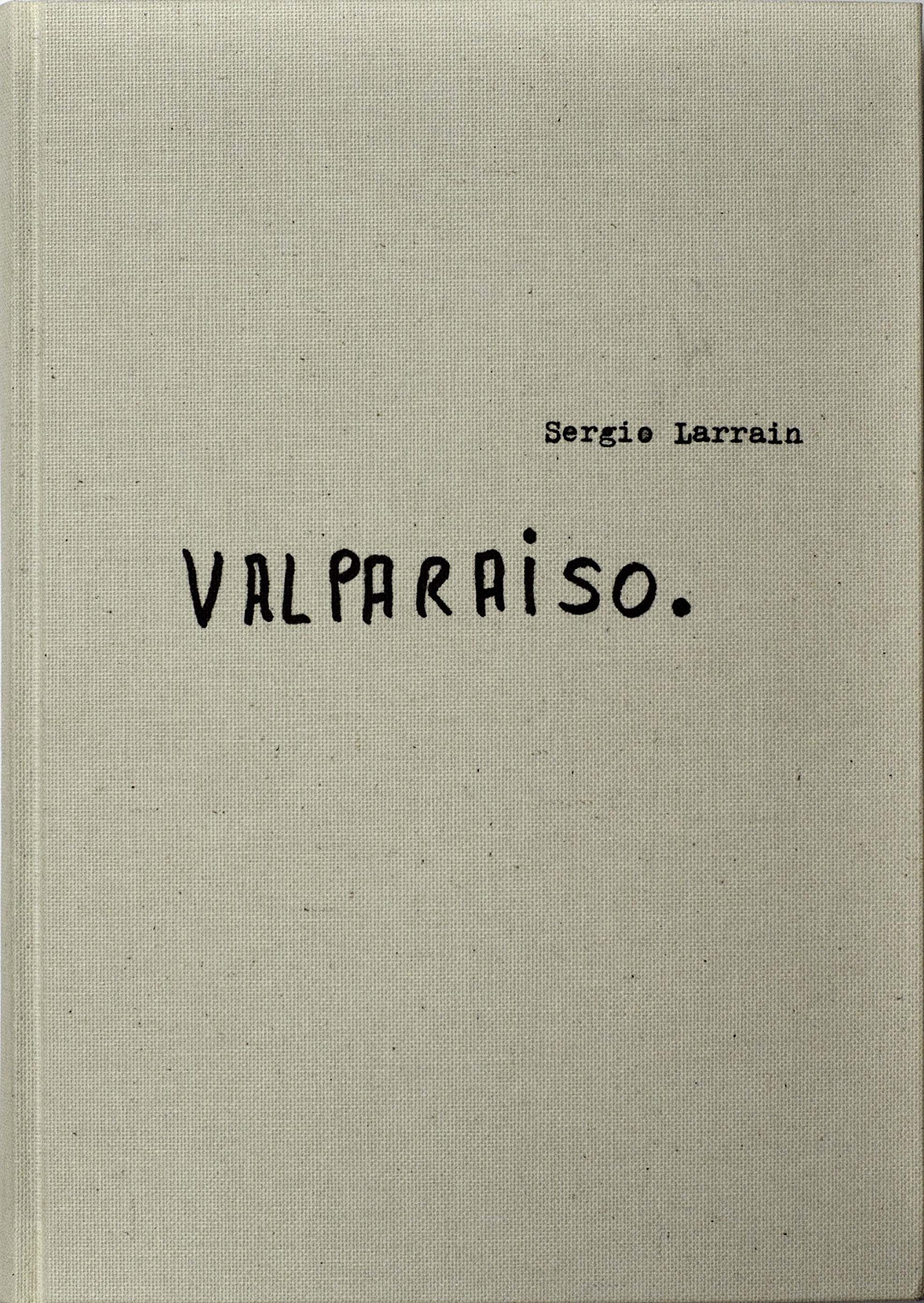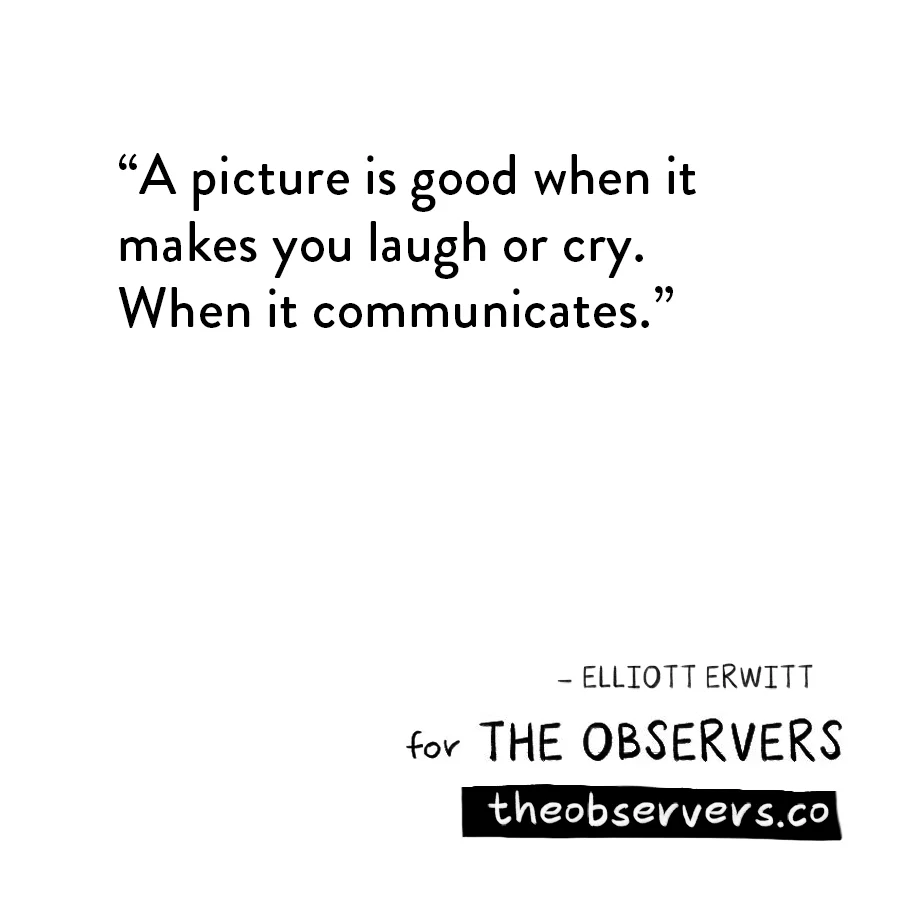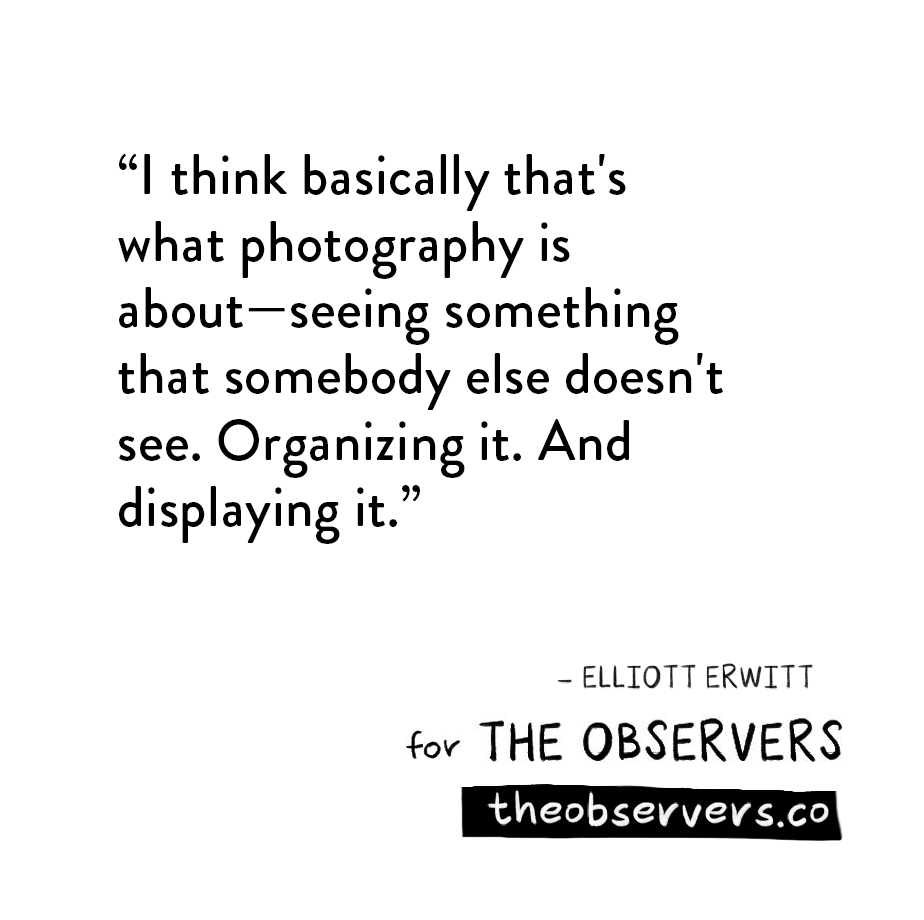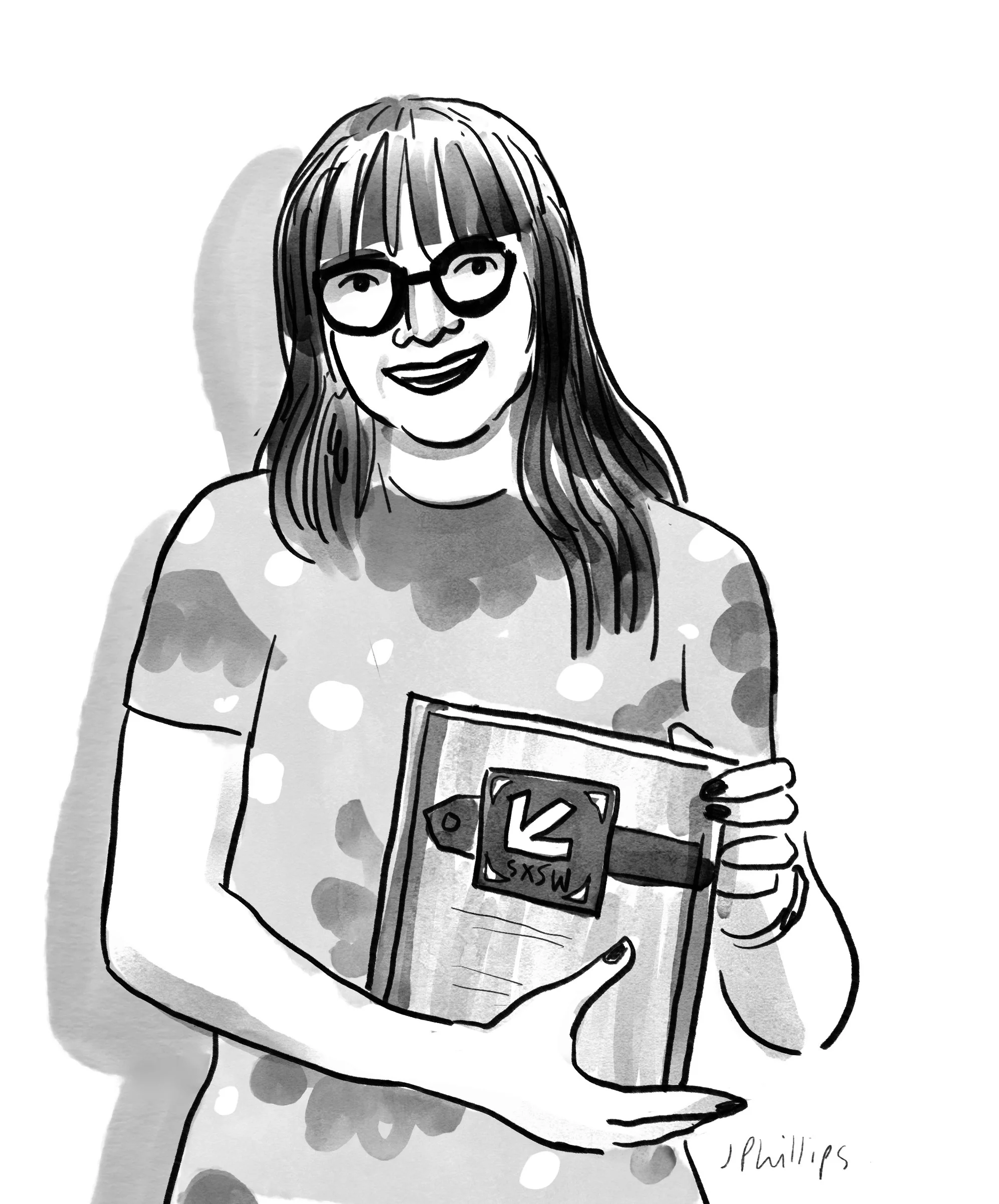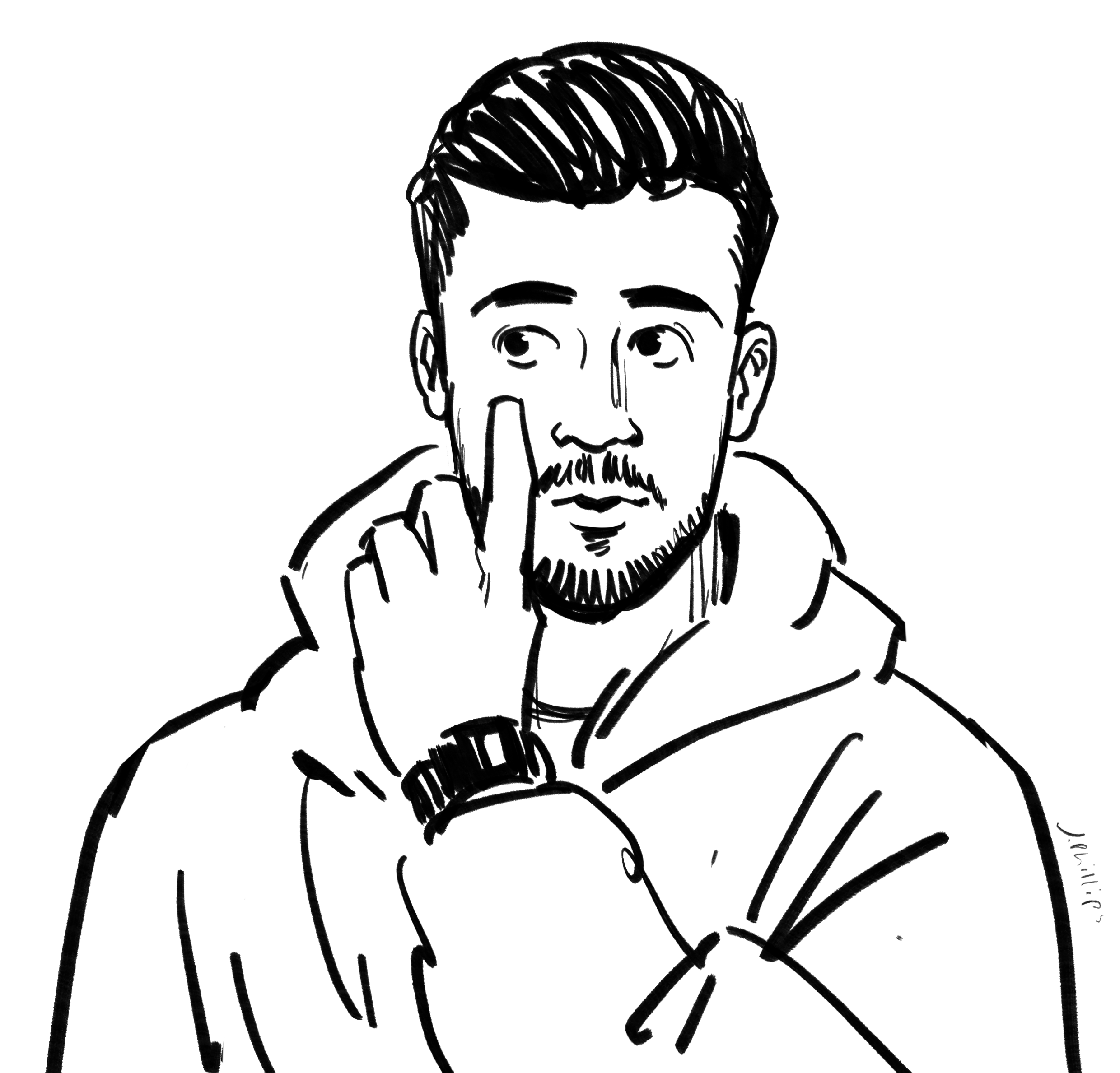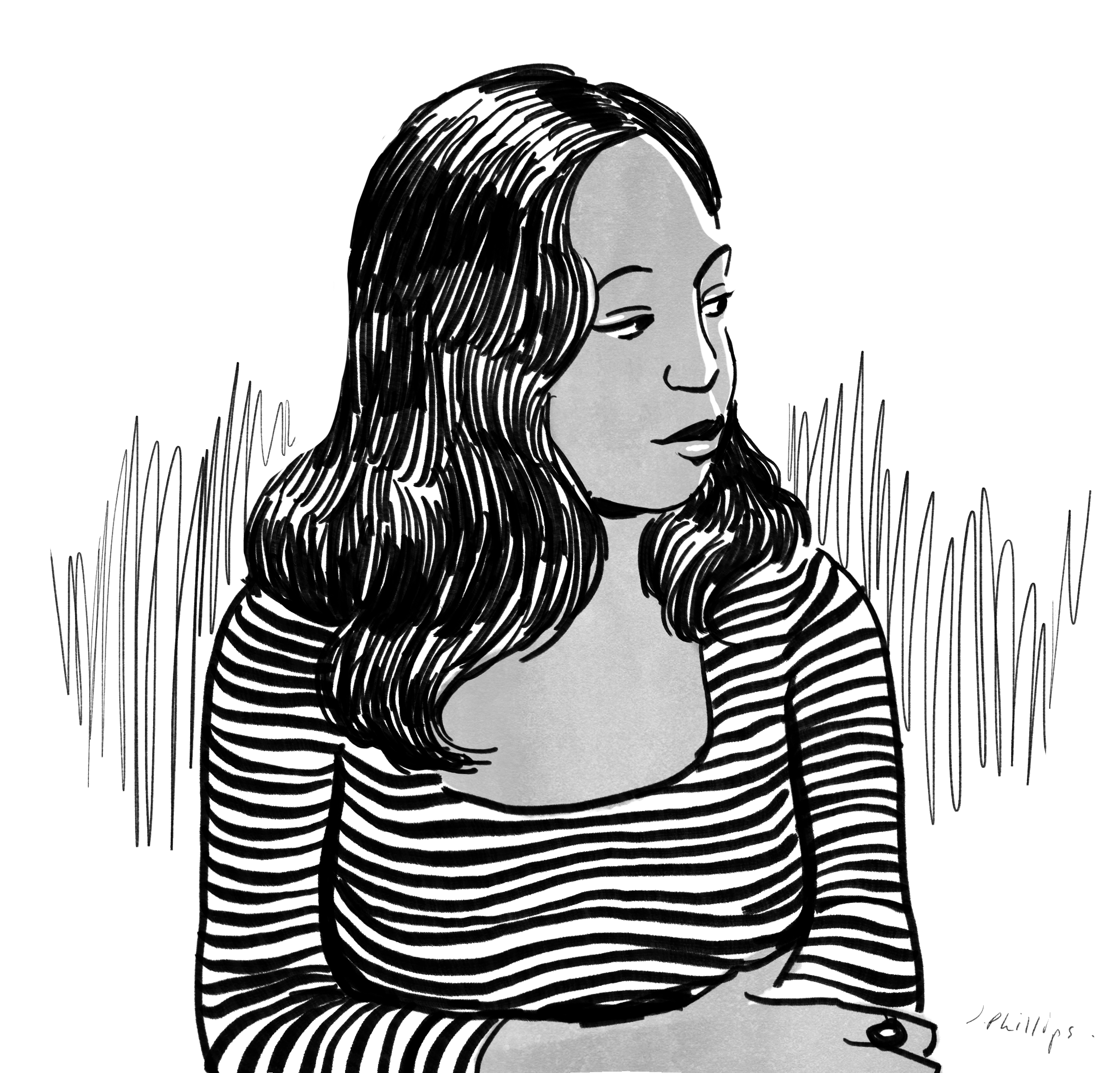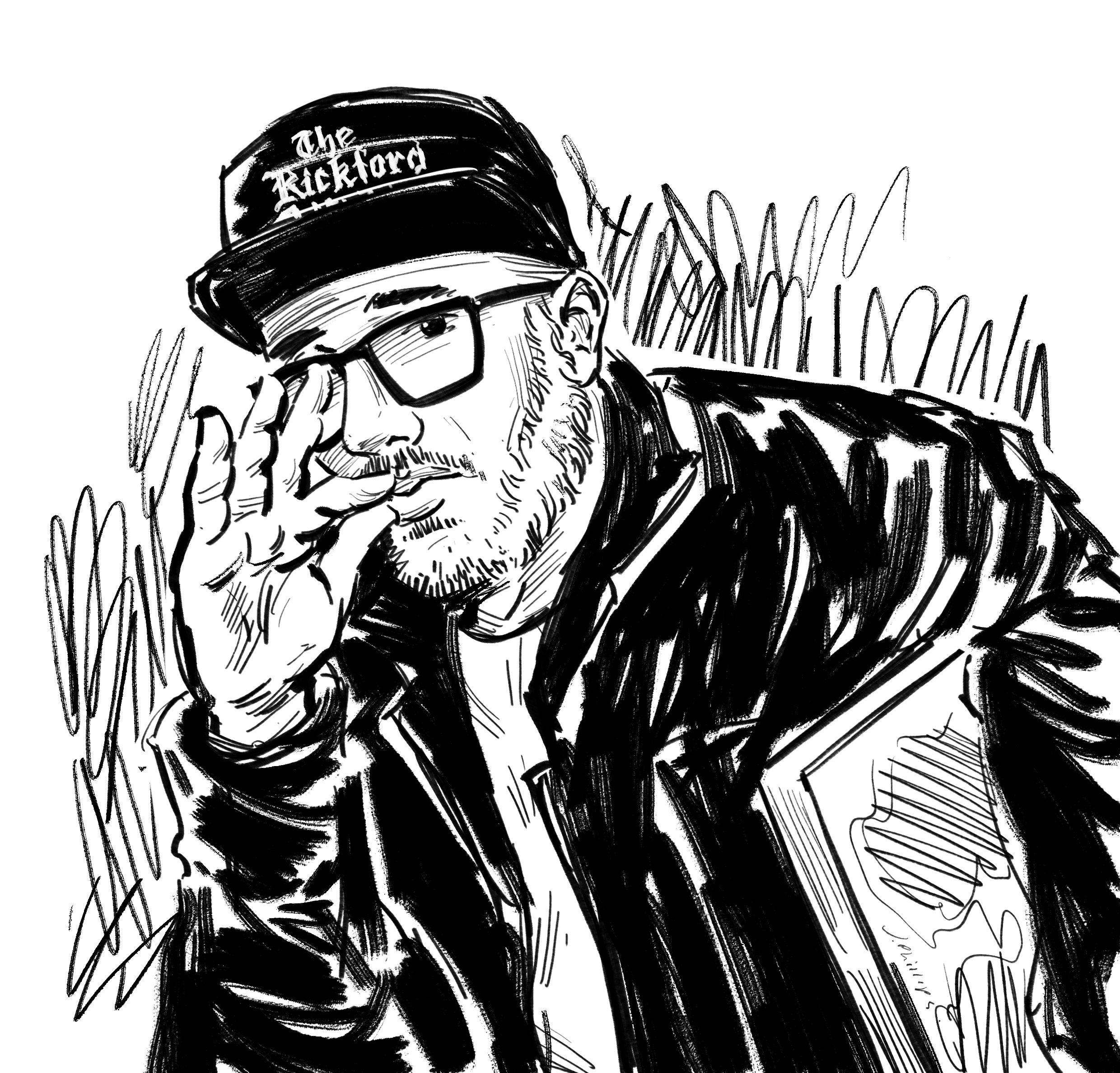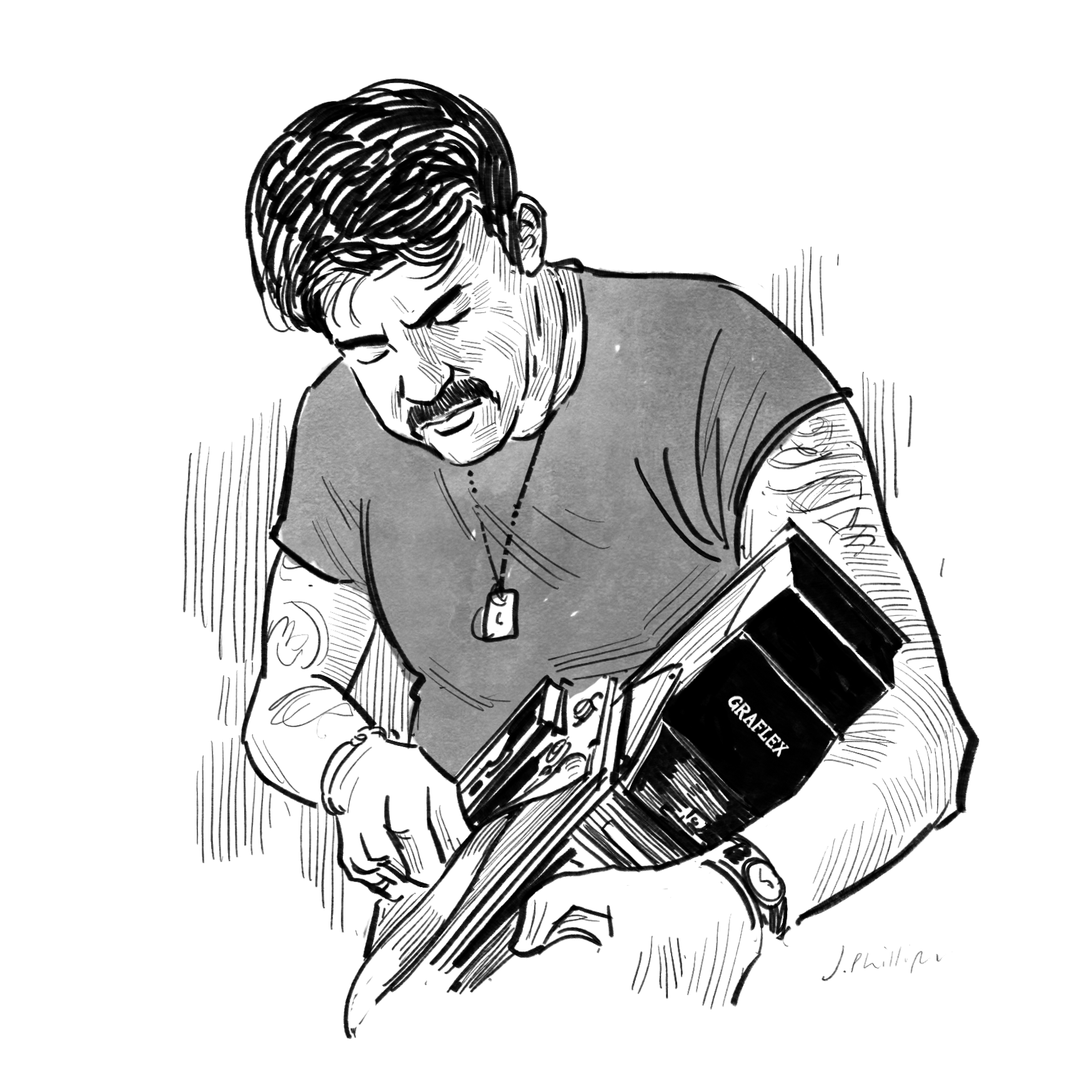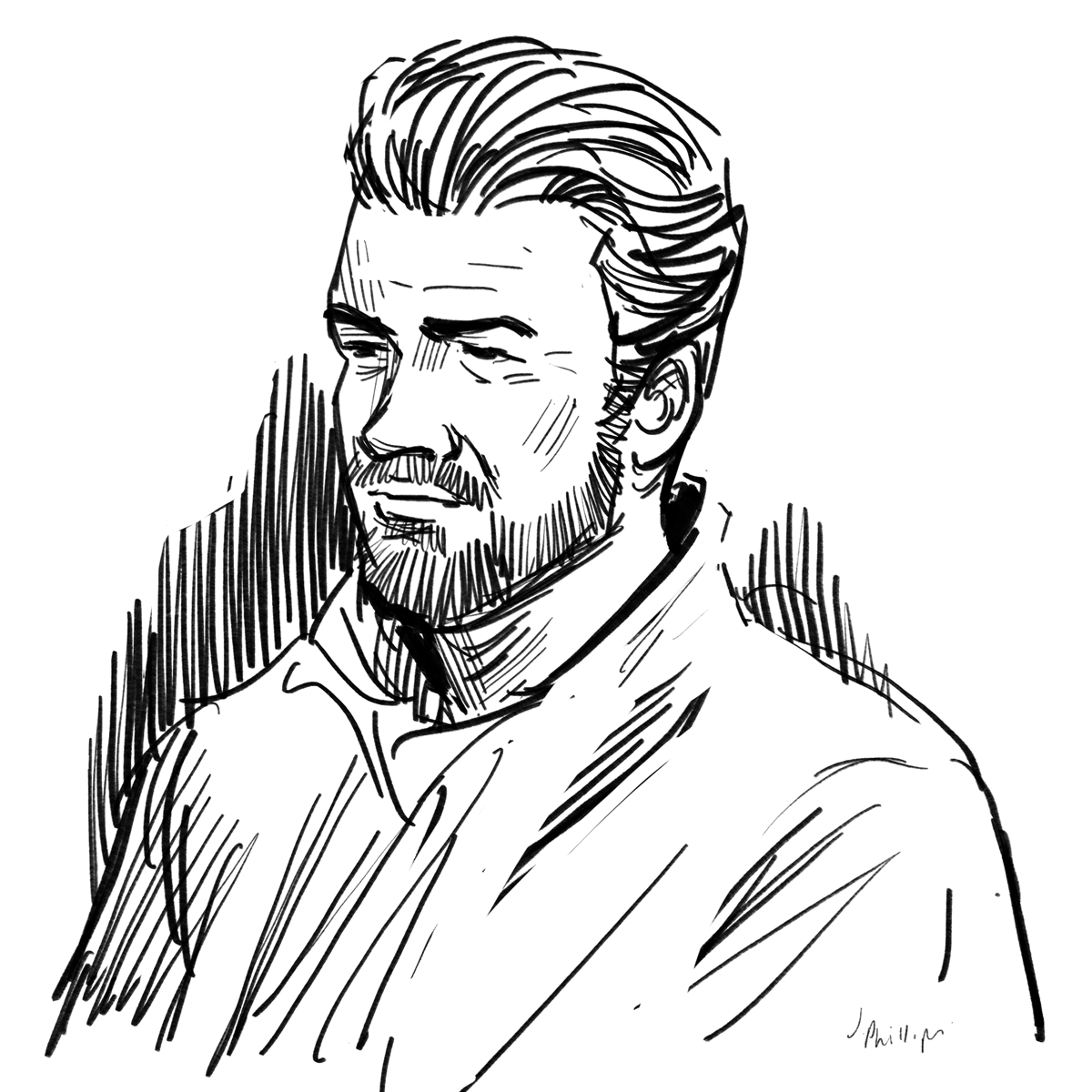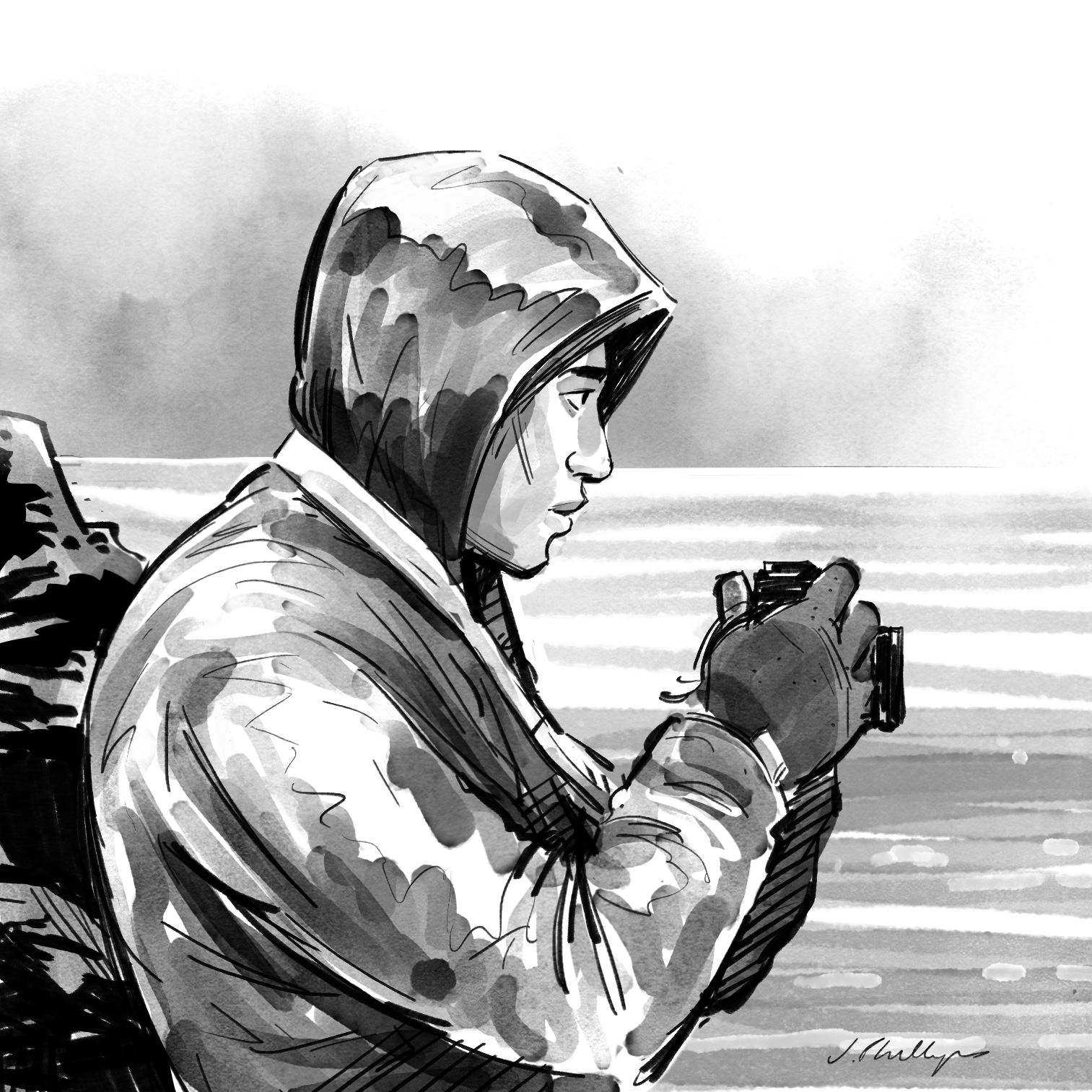Elliott Erwitt, Photographer
Elliott Erwitt is an American documentary photographer known for his humorous and candid black and white photography.
He has been a member of Magnum Photos since 1954 and is responsible for some of the most iconic photographs of the 20th century, including portraits of notable figures like Marilyn Monroe, Che Guevara, and Richard Nixon.
Mr. Erwitt shares photo books that inspire his work, stories of the past, and his latest project that goes back to day one—all in his naturally refreshing and candid humor.
The Photographs of Henri Cartier-Bresson,
by Lincoln Kirstein and Beaumont Newhall
“This little book came out a short time after WWII was over. It was a catalog for a show at the Museum of Modern Art. I was beginning, so I didn't have any ideas yet about photography. This book showed me that it's possible to be self-contained and, with minimum tools and support, you could be independent and still produce something that made sense. I think it was a wonderful example of how someone could lead one's life—to travel, take pictures, not to work for anyone for more than a week. Travel and independence is important. Photography was a craft and you had to have a predisposition for it. It was a given. There were rules. And although it seems simple, it wasn't.”
Diary of a Century,
by Jacques Henri Lartigue
“Cartier-Bresson's pictures were very precise; Lartigue's were not. His compositions were not extraordinary, but his work was playful and loose. They were all over the map, but they communicated in spite of that fact. I have a very narrow view of what I like in photography. Maybe because I take pictures for a living too.”
Valparaíso,
by Sergio Larrain
“I admire his dedication to the craft for photography. He's unique. He's kind of a perfect photographer—composition, feeling, communication, all that photography can do. It's what you see. It's what he has seen and puts together. It’s subtle. I always knew he was a good photographer. He's kind of a crazy guy. He took pictures for a very brief period and was in Magnum, then he moved back to Chile. He's a very fine photographer.”
This interview was edited for length and clarity.
Mr. Erwitt, what makes a picture good to you? What particular emotion inspires you to press the shutter?
A picture is good when it makes you laugh or cry. When it communicates.
The kind of pictures that I don't like are the pictures of a beautiful wall or something simple.
When I used to walk around—I don't walk too much around now— I just always had a camera on me.
We find that a lot of photographers have a bit of a struggle between personal work and commercial work. They look at commercial work as less than. Have you ever struggled with that?
I love commercial work. It pays well for minimum effort.
It's a craft, I mean. The commercial aspect of it is a craft. I really am an amateur photographer by interest. I don't denigrate it at all. And it has given me the opportunity to be a different kind of photographer as well.
And as I said, it's a craft, the commercial aspect.
Is there something that you have experienced in the commercial aspect of your work that you really enjoyed that you couldn't have felt from your personal work?
I like the campaigns that I worked on in the past. The more complicated they were, the more fun they were. Most of the campaigns that I worked on in the golden days of commercial photography, the 60s, were travel, shipping lines, airlines, country, and products too.
The country ones were complicated.
In what way?
Clients. Politics. I dealt with it fine. I always had a good time working.
You've seen a lot of changes in photography, do you have any kind of feeling where that might go in the future?
A lot of the support for photography is no longer available. Magazines died a long time ago, not that they were anything special.
I think photographers now shoot for the wall. They fancy themselves as artists, and that's what they want to be and what they do. And I don't see much future in that. Not for many people.
When someone wants to be a photographer, I wonder what they can do. I mean they can do weddings—those continue. And actually some nice pictures come out of weddings.
There's a movement of many young photographers shooting film. It's interesting to see that come back.
I wonder what they do with their pictures, people who are serious. It's not a good time for photography.
Do you remember the moment at the very beginning where you fell in love with photography? As a craft, as an expression?
I never thought about it as expressing myself. I just liked to take pictures.
I was 16 and I had a plate camera. And I was futzing around with it. And from there I went to a Rolleiflex, and then a Leica.
Was getting a Leica camera a special moment for you?
It was when I could afford one.
Oddly enough, we discovered some negatives recently in Pittsburgh that we put away—they hadn't been seen since 1950. And we borrowed them, because they belonged to the Carnegie Library of Pittsburgh. And we made a book last year called Pittsburg 1950.
What was it like to see that for the first time in so many years?
Well, the pictures oddly enough were not much different than the ones I take now. You might say I didn't progress much.
Or maybe you can say you were already good at that point.
Yeah. My current project is starting from day one, looking at everything I have. I’m discovering stuff.
How do you feel about that? That's a long period to look back on.
I'll tell you in about a year or so. I also once did a book under a pseudonym, The Art of André S. Solidor. I did it because they weren’t the kinds of pictures I like to take. I thought it would be an amusing experience.
You didn’t want to catalogue it under your name?
I didn’t mind, but I thought… I do amusing things sometimes.
Do you feel you've reached that same level of perfection with certain images that you feel yourself are equally perfect in that way?
No no. I'm kind of sloppy. I don't make any apologies for what I do. It's a different mentality. I'm looking for perfect, but I don't find it that often.
With all the humans and places that you've photographed, have you learned anything about the human condition? Anything that's universal throughout?
I don't know what there is to tell about it. Photography has changed a lot of things, in seeing things the way other people don't see them.
And I think that's what photography is about—seeing something that somebody else doesn't see. Organizing it. And displaying it.
What's something that you feel photography has taught you about humanity itself? If anything.
I guess feeling. I'm not good at explaining it. It has a lot to do with instinct and it has a lot to do with things that you don't know. It certainly puts a class of photographers in touch with the world.
Photography is an amazing thing. You can have a high school dropout be in the most unique situation somewhere, and the fact that you're not an educated person or that you're a visual person, allows you to communicate feelings, information. If they know how, I mean. There's a lot of bad photographers or boring photographers.
I think it's a gift—to see things the way other people don't see them.
Do you think that the camera is necessary for that? Or even without the camera, you would see certain things?
Oh, the best pictures I've ever taken are the ones without a camera.
Do you recall one that really comes to mind that you missed?
It was in Venice.
It was two men, just a kind of composition and a moment. Quite possibly if I'd taken that picture it would have been no good in the context for it.
Very often you think you've done well and you haven't. And often you've done poorly, and you think you've done poorly, but really you've done well.



